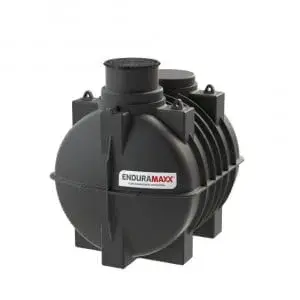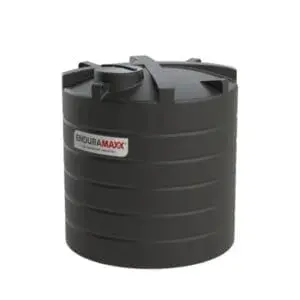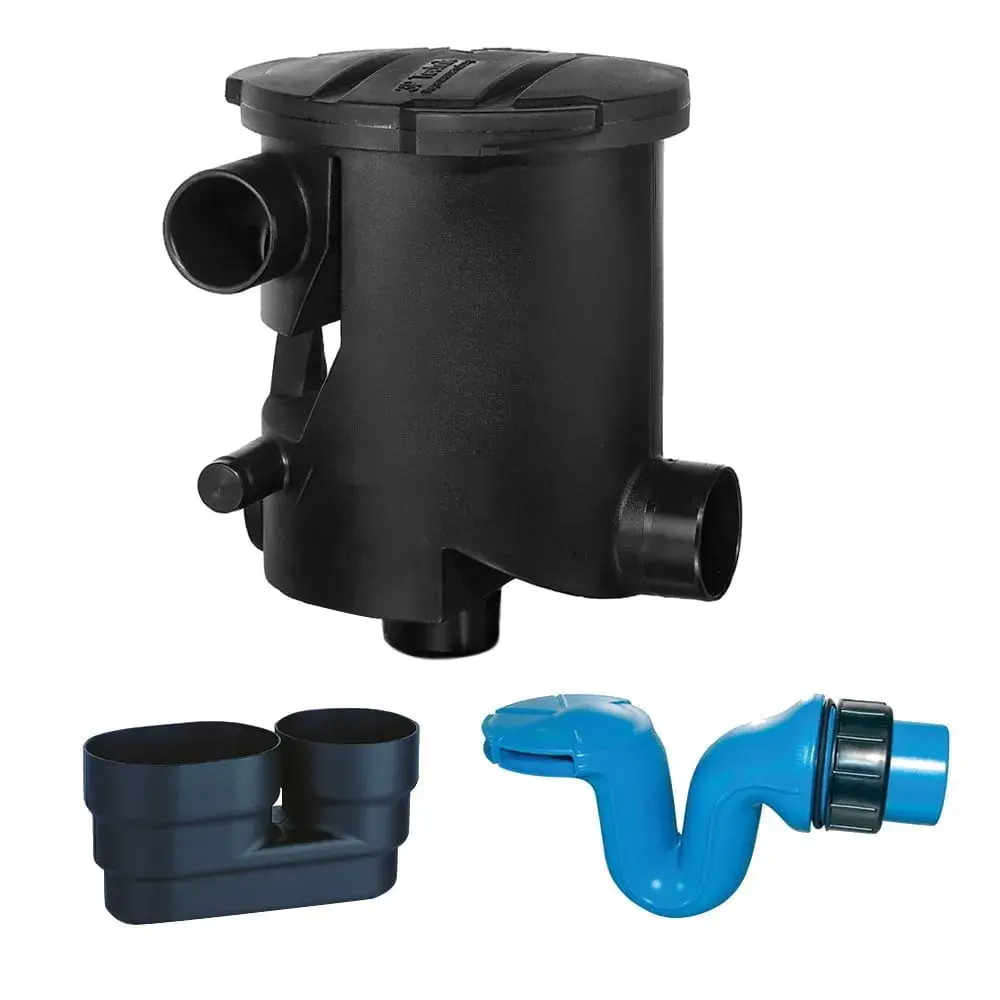Mixing for Dissolved Air Flotation (DAF) Systems, Enduramaxx is often called on for its process experience in many industries because the mixer is at the heart of many wastewater treatment processes. DAF systems are used across many industries with each site having a unique requirement Coagulation and flocculation of wastewater – Dissolved Air Flotation (DAF) process is used for thickening of combined primary and secondary sludge removing low-density materials such as microorganisms (algae, cysts), natural organic matter and floc in low turbidity, soft waters.
DAF systems are a faster and more reliable alternative to sedimentation in the clarification stages prior to membrane filtration and are great because they maintain condensed flocculation stages with detention times that can be as low as 5 to 10 minutes rather than longer times seen in gravity clarification processes.
Complete DAF systems generally involve a combination of the following process stages that may or may not include more than one tank per stage.
- Flash Mixing/ Coagulation – dosages of coagulant chemicals mixed with wastewater to induce chemical reactions using high-energy. Mixing promotes particle collisions and good coagulation.
- Flocculation – a low energy mixing that transforms particle size from submicroscopic to visible flocculated suspended particles. The use of a variable-frequency drive on a lower speed industrial mixer can be used for greater speed reductions if required.
- Dissolved Air Flotation – the floatation tank is pumped with pressurized dissolved air bubbles that help suspend flocculated particles to the surface which is then skimmed off. Remaining solids that don’t float, sink, and concentrate at the bottom of the tank and discharged via the drain valve.
- Filtration – clarified water flows out the DAF tank into a clarification membrane filtration tank where further treatment takes place.
Factors such as proper chemical emulsion, molecular reactions and sufficient detention times in correlation to chemical dosage. Both processes require a delicate approach to mixer design calculations. Flash mixing are shorter mixing times have a profound influence on the effectiveness during the destabilization process. These flocs are dependent on applied shear conditions as longer exposure to high shear deteriorates the bonding strength between primary particles and reduces collision efficiency for small flocs.
Flash Mixing
Flash Mixing becomes more fundamental where highly turbid raw wastewater contains higher particle collision-rates due to the high concentration of particles. Mixing increases adsorption and floc formation time due to fast interactions.
Flocculation Mixing
Flocculation mixing tanks should be equipped with a slow/ gentle mixing process in which particles are brought into contact to promote their agglomeration and proper floc formation through gradual distribution. There is no control or capability to change the shear rate once the mixing energy is set by the design of the mixer.
Mixing for Dissolved Air Flotation (DAF) Systems require mixers equipped with variable speed control options and low shear impeller blades are recommended to avoid floc damage while the slower speeds provide longer retention times.
Enduramaxx Mixers For DAF Systems
Enduramaxx geared low speed mixers designed for wastewater treatment processes If you are interested in learning more about mixing solutions for DAF system applications or if you have challenges in other stages please get in touch.
Posts By Topics
- Blog (303)
- Chemical Storage Tanks (118)
- Chemical Dosing Tanks (114)
- Chemical Tanks (114)
- Water Tanks (58)
- Rainwater Harvesting Tanks (43)
- Vertical Rainwater Tanks (31)
- Vertical Storage Tanks (31)
- Cone Bottom Tanks (19)
- Conical Cone Tanks (18)
- Rainwater Harvesting (17)
- Water Bowsers (15)
- Horizontal Tanks (14)
- Potable Water Tanks (13)
- Farming (9)
- Case Studies (8)
- Industrial Storage Tanks (7)
- Liquid Fertilser Storage Tanks (6)
- WRAS Approved Potable Tanks (6)
- Wine and Beer Production (6)
- Horizontal Transport Tanks (5)
- Microbrewery (5)
- Rainwater (5)
- Category 5 Break Tanks (4)
- Cider Production (4)
- Mixer Tanks (4)
- Molasses Tanks (4)
- Polyethylene tanks (4)
- Rainwater Filter Kits (4)
- SPECIALIST & BESPOKE TANKS (4)
- Bunded Tanks (3)
- Slimline Tanks (3)
- WRAS Approved (3)
- Clarification Tanks (2)
- Crosslinked Polymer Tanks (XLPE) (2)
- Fertiliser Tanks (2)
- Sump Tanks (2)
- Tank Installation (2)
- Water Butt (2)
- underground water tanks (2)
- ACCESSORIES & FITTINGS (1)
- ATV & UTV SPRAYING UNITS (1)
- Above Ground Effluent Tanks (1)
- Bespoke Tank Frames (1)
- Category 5 Turret (1)
- Caustic Soda Tanks (1)
- Closed Top Bunded Tanks (1)
- Craft beer (1)
- Effluent Tanks (1)
- Enduramaxx (1)
- Ferric Chloride Tanks (1)
- Fire Safety Regulations (1)
- Fire Sprinkler Water Storage Tanks (1)
- Industrial Water Tank (1)
- Open Top Bunded Tanks (1)
- Open Top Cone Tanks (1)
- Open Top Vertical Tanks (1)
- Polyethylene Potable Water Tanks (1)
- Polyvinylidene Fluoride (PVDF) Tanks (1)
- Polyvinylidene Fluoride Tanks (PVDF) (1)
- Pressure Washers (1)
- Pro Series Spot Sprayers (1)
- RWH (1)
- Sodium Hydroxide Storage Tanks (1)
- Sprayer Fill-up Tanks (1)
- Uncategorised (1)
- liquid fertiliser tank (1)
Sign up to the newsletter
enduramaxx.marketing
Related Posts
Enduramaxx Effluent Treatment Tank Range
Enduramaxx Effluent Treatment Tank Range are now all listed on our new website including the...
A Short Guide To Wastewater & Effluent Requirements In The Food & Drink Industry
Water is used throughout the food and drink industry for both cleaning and production processes....
Wastewater & Sludge Tanks for Dairy - Enduramaxx Ltd
Wastewater & Sludge Tanks in dairy processing generally includes sludge tanks and clarification...
Related Products
From £1,080.00 inc. VAT
£900.00 exc. VAT
From £1,344.00 inc. VAT
£1,120.00 exc. VAT
From £768.00 inc. VAT
£640.00 exc. VAT
£480.00 inc. VAT
£400.00 exc. VAT





